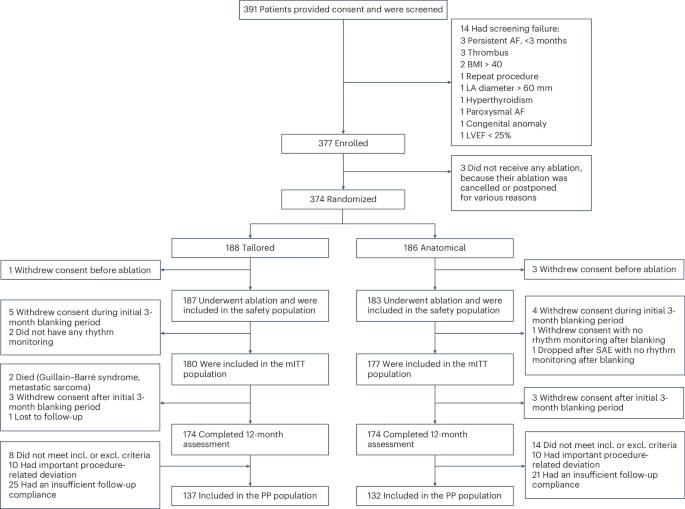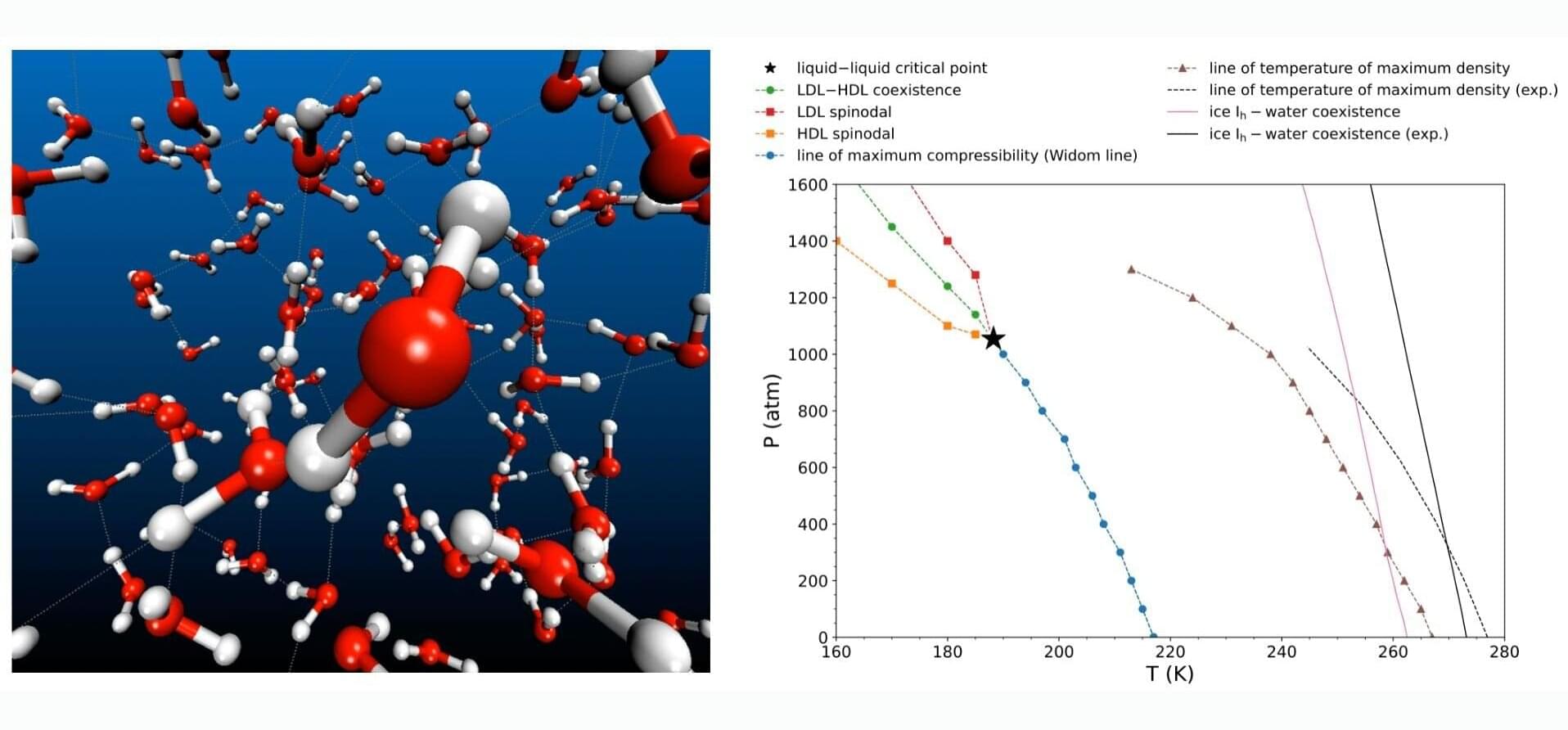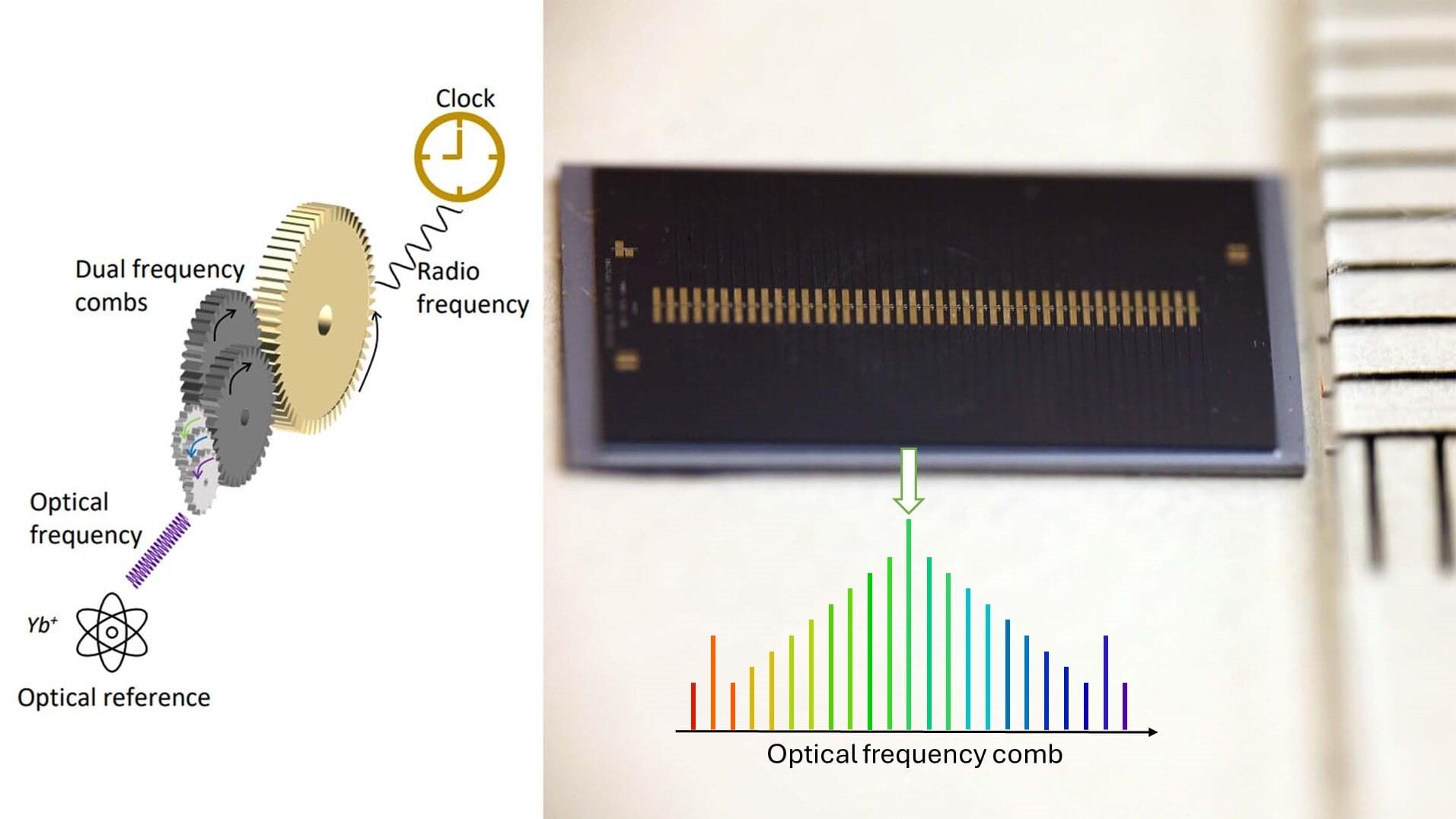W/ David Wood Chair of the London Futurists.
Speakers: David Wood, Cecile Tamura

Major Chinese tech companies have been ramping up efforts to spur AI business growth.
Alibaba Group plans to invest more than $52 billion on AI and cloud infrastructure over the next three years, in a bid to seize more opportunities in the artificial-intelligence era.
The spending of at least 380 billion yuan, equivalent to $52.41 billion, will surpass the company’s AI and cloud computing investment over the past decade, Alibaba said in a post Monday on its news site. Alibaba first mentioned the plan last week when the company reported its results but didn’t provide a specific figure.
The technology giant co-founded by Jack Ma delivered better-than-expected results for three months ended December, with revenue growth accelerating to its fastest pace since late 2023, supported by improvements in its e-commerce and cloud businesses.
Major Chinese tech companies, from Alibaba to Baidu, have been ramping up efforts to spur AI business growth as advancements by homegrown upstart DeepSeek have gained global attention. Alibaba co-founder Joe Tsai earlier this month said its AI technology would be integrated into Apple’s iPhones for the Chinese market, a move that analysts expect to burnish the Hangzhou-based company’s brand image and benefit its long-term growth.
Last month, Alibaba introduced the Qwen2.5 Max, the latest version of its AI model, which it said was competitive with global leaders, including DeepSeek-V3.
In today’s AI news, Alibaba Group plans to invest more than $52 billion on AI and cloud infrastructure over the next three years, in a bid to seize more opportunities in the artificial-intelligence era. The spending of at least 380 billion yuan, equivalent to $52.41 billion, will surpass the company’s AI and cloud computing investment over the past decade, Alibaba said in a post Monday on its news site.
And, at the Global Developer Conference, an AI community event hosted in Shanghai over the weekend, open-source developers from around China congregated in a show of exuberance over the possibilities of AI since DeepSeek’s resource-efficient models captured the world’s imagination. Use cases on display included everything from robotics to virtual reality glasses.
Then, John Werner poses the question, what if you could just run to the supply room, and Xerox an entire firm? What would that look like? Well, it might be expensive. But probably not as expensive as humans. John says, Dwarkesh Patel gives us an idea in a new collaborative essay Jan. 31 talking about the potential for all-AI companies. Suggesting that “everyone is sleeping on the collective advantages AI will have” …
And, agents capable of handling shopping-related tasks, optimizing supply chains, and creating personalized customer experiences are already here. Retail, in particular e-commerce, has been the poster child for agentic AI and is a sector where there is a lot of hype but also some very compelling use cases. So, let’s explore what’s happening in this space and what we can expect to see in the future.
In videos, during the 2025 Annual Meeting of the World Economic Forum in Davos, Switzerland, the chairman, founder and chief educational technology scientist of Squirrel AI Learning, Derek Haoyang Li, discusses with Forbes’ Randall Lane, the research, technology and success behind the Shanghai company’s innovative adaptive education models.
Meanwhile, as AI chatbots become more personal and proactive, the line between tool and companion is beginning to blur, with some users even professing love for their digital aides, says business consultant Amaryllis Liampoti. She presents three foundational principles for how brands can harness AI to build deeper emotional connections with consumers while prioritizing well-being, transparency and autonomy —
In other advances, Professor Danfei Xu and the Robot Learning and Reasoning Lab (RL2) present EgoMimic is a full-stack framework that scales robot manipulation through egocentric-view human demonstrations via Meta’s Project Aria glasses at the Georgia Institute of Technology. Learn more about the Aria Research Kit at projectaria.com.
T need AGI or even the latest and greatest models; they need products that augment their existing workflows … + Thats all for today, but AI is moving fast — like, comment, and subscribe for more AI news! Thank you for supporting my partners and I — it’s how I keep Neural News free.

In a randomized controlled trial in individuals with persistent atrial fibrillation, an individualized ablation procedure, in which areas with abnormal electrophysiological characteristics—as detected by an AI algorithm—were targeted for ablation, led to improved efficacy for reducing arrhythmia recurrence at 12 months following the ablation procedure.

February 2025 features Comet CK-25, observed with AI-driven telescopic networks for real-time imaging and analysis. A spectacular planetary alignment of Mercury, Venus, and Mars will be enhanced by augmented reality devices for interactive viewing. A partial lunar eclipse will occur on February 27th-28th, with an immersive experience via the Virtual Lunar Observation Platform (VLOP). Technological advancements highlight new methods of observing and interacting with space events, bridging Earth and the cosmos. February 2025 is set to mesmerize stargazers and tech enthusiasts alike, as the cosmos aligns with cutting-edge advancements in astronomical observation. This month isn’t just about celestial spectacles; it’s about witnessing how new technology is redefining our view of space from Earth.
Now is the time to decipher what makes the brain both flexible and dependable—and to apply those lessons to AI—before an unaligned agentic system wreaks havoc.
Hollywood star Brad Pitt recently opened SINTEF’s conference on digital security. Well, actually, no, he didn’t. “I cloned his voice in less than three minutes,” says Viggo Tellefsen Wivestad, researcher at SINTEF Digital.
Wivestad began his talk on deepfake with himself on video, but as Brad, with his characteristic sexy voice: “Deepfake. Scary stuff, right?” And that is precisely the researcher’s message.
Deepfake will become a growing threat to us as both private individuals and employees, and to society at large. The technology is still in its infancy. Artificial intelligence is opening up unimaginable opportunities and becoming harder and harder to detect.

A new Nature Physics study has shed light on the long-hypothesized liquid-liquid critical point where water simultaneously exists in two distinct liquid forms, opening new possibilities for experimental validation.
Water is known for its anomalous properties—unlike most substances, water is densest in its liquid state, not solid. This leads to unique behaviors such as ice floating on water.
One of several such unusual characteristics has prompted decades of research to understand water’s unique behavior, particularly in the supercooled regime.

Optical atomic clocks can increase the precision of time and geographic position a thousandfold in our mobile phones, computers, and GPS systems. However, they are currently too large and complex to be widely used in society.
Now, a research team from Purdue University, U.S., and Chalmers University of Technology, Sweden, has developed a technology that, with the help of on-chip microcombs, could make ultra-precise optical atomic clock systems significantly smaller and more accessible—with significant benefits for navigation, autonomous vehicles, and geo-data monitoring.
The research is published in the journal Nature Photonics.